The Earth is a dynamic planet, and one of its most dramatic displays of power is the earthquake. These sudden tremors can be devastating, causing widespread damage and loss of life.
Just as the world celebrated 2024 with hopeful anticipation, Japan was jolted by a powerful earthquake. Striking on January 1st, the tremor, with a preliminary magnitude of 7.6, ripped through the central region, leaving a trail of destruction in its wake.
The epicentre lay near the Ishikawa prefecture, sending shockwaves reverberating through neighbouring areas like Toyama and Niigata. Buildings swayed, windows shattered, and power lines snapped, plunging entire towns into darkness. Communications were disrupted, leaving loved ones anxious and uncertain about the well-being of those in affected areas.
The powerful earthquake that rocked Japan sent shockwaves not only through the region but also through the hearts of people around the world.
It served as a stark reminder of the devastating impact such events can have and sparked renewed curiosity about which countries are most vulnerable to earthquakes.
While earthquakes can occur anywhere on Earth, some regions experience them more frequently and intensely than others.
Today, we'll delve into the top 10 most earthquake-prone countries in the world, exploring the reasons behind their seismic vulnerability and the challenges they face.
Which are the Most Earthquake Prone Countries in the World?
Here is a list of the most earthquake prone countries in the world as of 2024:
- China
- Indonesia
- Iran
- Japan
- United States
- Turkey
- India
- Philippines
- Italy
- Mexico
According to the National Oceanic and Atmospheric Administration (NOAA), China has recorded the most earthquakes since 1990, and it is considered to be one of the most earthquake prone countries in the world.
1. China
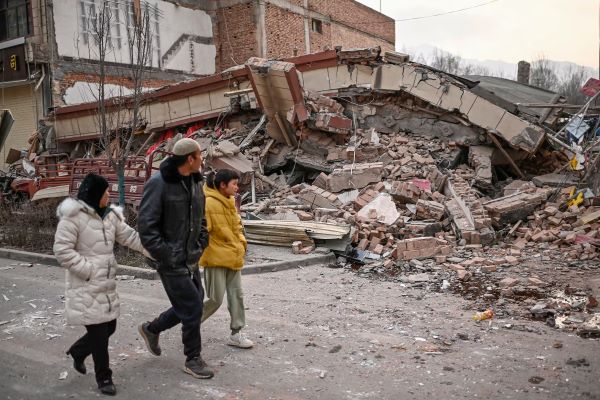
Source: The Washington Post
China knows all too well the power of earthquakes. These powerful tremors have shaken the land for centuries, leaving behind scars and memories of loss.
In 2008, a giant earthquake, like a monster shaking the ground, struck Sichuan Province. It was a 7.9 magnitude earthquake, one of the strongest ever recorded. Sadly, over 87,000 people lost their lives or disappeared in that terrible event.
The World Data Info mentioned: “The strongest earthquake in China happened on 05/12/2008 in the Sichuan Province region with a magnitude of 7.9 on the Richter scale. The shifting of tectonic plates in a depth of 1 km resulted in 87652 deaths. The earthquake also triggered a tsunami, leading to further victims and destruction.”
The movement of tectonic plates along China's borders generates seismic activity, leading to many earthquakes.
2. Indonesia
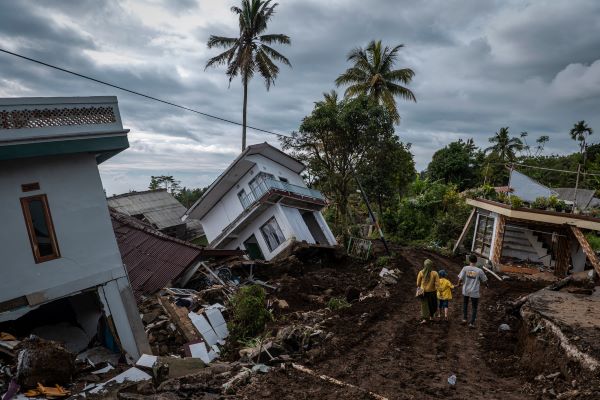
Source: The New York Times
Situated on the boundary of several tectonic plates, Indonesia experiences a high frequency of seismic activity. The most devastating earthquake to strike Indonesia in recent history occurred in 2004 off the coast of Sumatra. This monstrous temblor, registering a staggering 9.1 on the Richter scale, triggered a powerful tsunami that ravaged coastal communities. The combined forces of the earthquake and tsunami caused over 1001 fatalities and widespread destruction.
In 2018, Indonesia experienced a year marked by significant seismic activity. The place felt the tremors of 13 earthquakes and seven of these quakes registered a magnitude of 6.0 or higher on the Richter scale, considered strong and capable of causing significant damage, according to World Data Info
3. Iran
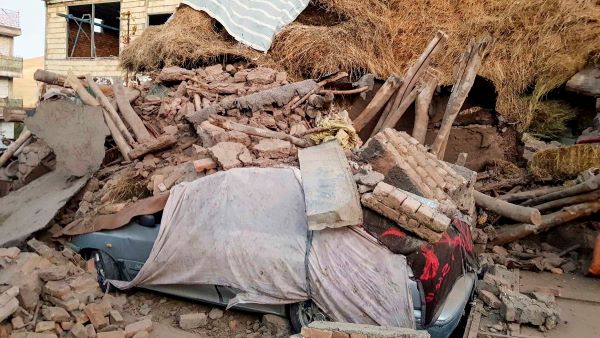
Source: CNN
Occupying a complex zone of tectonic plate interaction, Iran is no stranger to earthquakes. This geological context, marked by numerous fault lines and converging plates, results in frequent seismic events. These events, while impacting the topography and landscape, also necessitate robust preparedness measures to mitigate potential damage and loss of life.
According to Statista, 109 earthquakes have struck Iran from 1990 to 2024. The most devastating earthquake to hit the region was in 1978. The World Data Info mentioned: “The strongest earthquake in Iran happened on 09/16/1978 in the Tabas region with a magnitude of 7.8 on the Richter scale. The shifting of tectonic plates in a depth of 56 km resulted in 20000 deaths.”
4. Japan
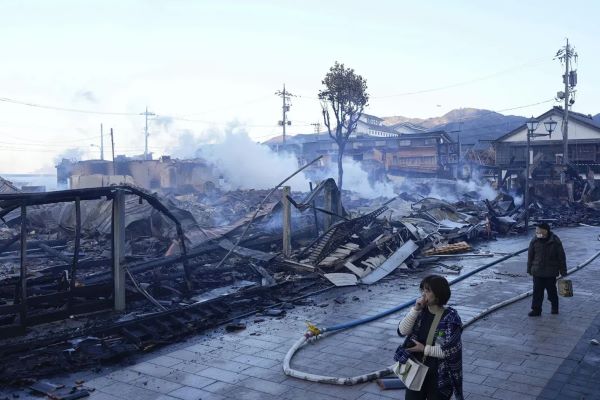
Source: Northeastern Global News
Japan, nestled within the Pacific Ring of Fire, a horseshoe-shaped zone known for its intense volcanic and seismic activity, is no stranger to earthquakes. Surrounded by converging tectonic plates, the archipelago experiences daily tremors, most too small to be felt by the people below. However, this constant geological movement necessitates constant vigilance and preparedness.
On March 11, 2011, Japan witnessed the most catastrophic earthquake. It was the strongest ever earthquake recorded in the country's history that ripped through the Honshu region. Clocking in at a devastating 9.1 magnitude on the Richter scale, the tremor originated about 24 kilometres deep within the Pacific Ocean, near the Oshika Peninsula.
5. United States
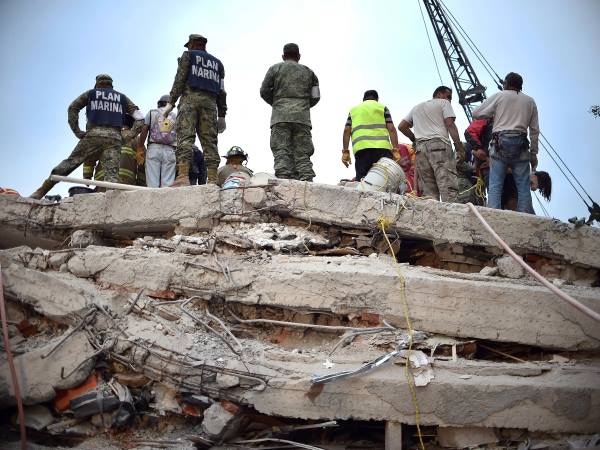
Source: WIRED
At first glance, the United States might not seem like a typical earthquake hotspot. Unlike its Pacific Rim neighbours or mountainous regions like Nepal, it doesn't immediately conjure images of trembling buildings and devastated landscapes. However, beneath the surface lies a complex geological reality that makes the US one of the most earthquake-prone countries in the world.
One key factor behind this vulnerability is the presence of numerous major fault lines crisscrossing the nation. These scars on the Earth's crust act as boundaries between tectonic plates, constantly grinding and shifting against each other. The resulting friction builds up enormous pressure, occasionally releasing it in the form of earthquakes.
According to World Data Info, “Most earthquakes within the U.S. occur in the sparsely populated areas along the Gulf of Alaska and the chain of islands in the Bering Sea. Much better known are the earthquakes along the densely populated San Andreas Fault, which runs from north to south over 1000 kilometers through California. All three regions are part of the Pacific Ring of Fire.”
6. Turkey
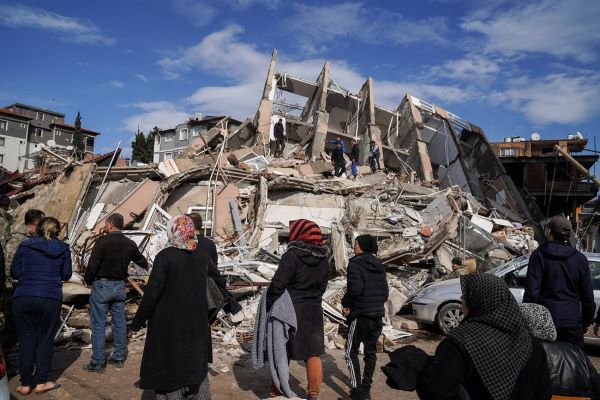
Source: Foreign Policy
Nestled between the Balkans and Eastern Europe, Turkey occupies a unique landmass—the Anatolian Peninsula. This strategic location, however, comes with a geological twist: an intimate proximity to several major fault lines. Sandwiched between the colossal Eurasian Plate and the colliding forces of the African and Arabian Plates, a significant portion of Turkey experiences frequent seismic activity. Tremors, both big and small, are woven into the tapestry of life for many across the country.
Turkey witnessed the most severe earthquake in 2023 with a magnitude of 7.3 Richter Scale resulting in 56697 fatalities.
7. India
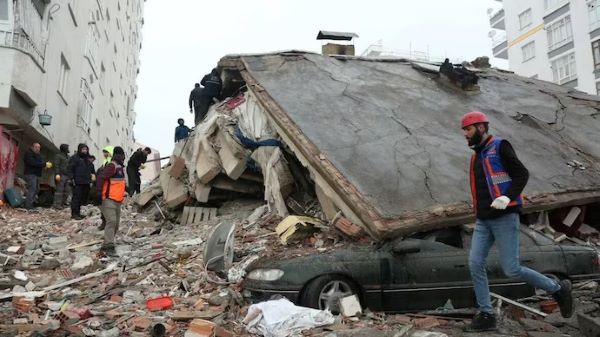
Source: India Today
India's vulnerability to earthquakes can be attributed to two main factors: its location on the boundary of several tectonic plates and its complex geological makeup.
India sits smack dab on the Indian Plate, which is constantly on the move, colliding with the Eurasian Plate to the north. This ongoing collision has given rise to the majestic Himalayan mountain range, but it also generates immense pressure along the fault lines, leading to frequent earthquakes.
The World Data Info mentions: “Due to India's geological location, earthquakes occur frequently. The country lies at the intersection of several tectonic plates, including the Indian Plate, the Eurasian Plate, and the Arabian Plate. These plate movements result in significant seismic activity in the region.”
8. Philippines
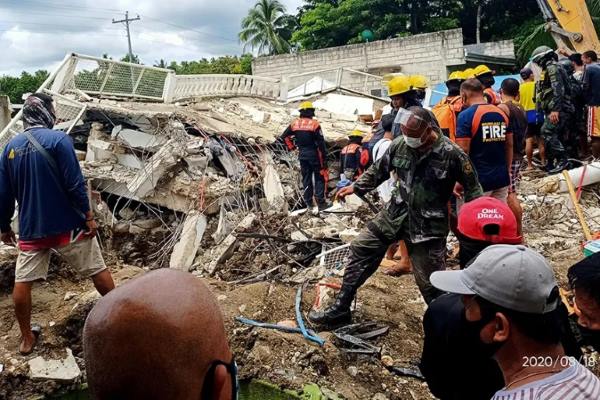
Source: Al Jazeera
Nestled within the fiery embrace of the Pacific Ring of Fire, the Philippines knows earthquakes, typhoons, and landslides as intimate companions. Its mountainous terrain amplifies the tremors, while its island chains face the brunt of ferocious storms.
Earthquakes have etched their scars across the land, prompting a focus on sturdy structures. Traditional housing styles like the nipa hut, though seemingly delicate, are designed to sway with the tremors, minimising damage. Modern buildings adhere to strict earthquake-resistant codes, ensuring a secure sanctuary amidst the chaos.
9. Italy
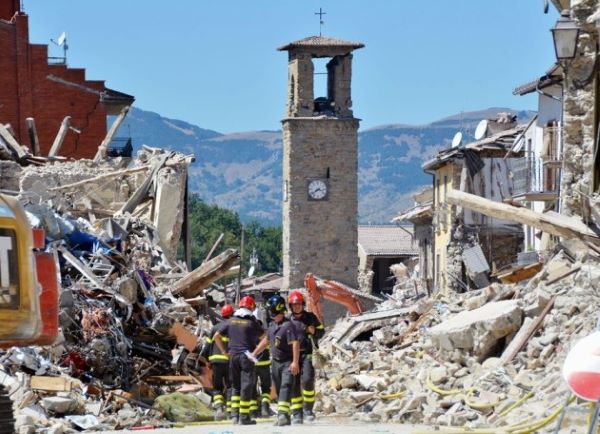
Source: Nature
From the snow-capped peaks of the Alps to the sun-drenched shores of the Mediterranean, Italy boasts a landscape sculpted by geological forces as varied as they are dramatic. But beneath this beautiful location lies the heart of multiple tectonic plates. The mighty Eurasian Plate, ringed by the Aegean Sea, Adriatic, and Anatolian Plates, creates a stage where mountains rise, volcanoes slumber, and sometimes, the earth trembles.
10. Mexico
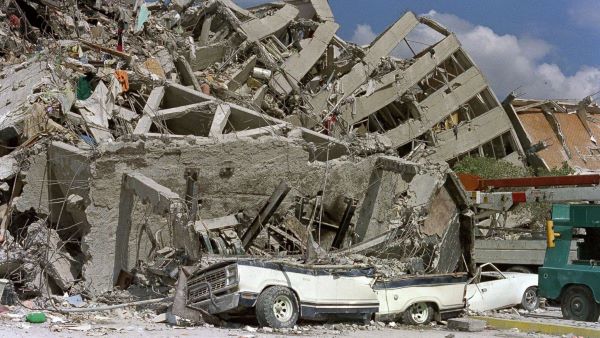
Source: ABC News
Mexico, like many vibrant souls inhabiting the fiery embrace of the Pacific Ring of Fire, has a close relationship with earthquakes. The ground beneath its feet dances to the rhythm of shifting tectonic plates, making frequent tremors a reality. Yet, beneath the surface of this land where ancient Aztec pyramids mingle with bustling cities, lies a deep-seated awareness and preparedness.
Comments
All Comments (0)
Join the conversation